SEXAGESIMA SUNDAY: (Latin – Sexagesima, sixtieth) is the eighth Sunday before Easter and the second before Lent. The Ordo Romanus, St Alcuin and others, count the Sexagesima from this day to Wednesday after Easter. The name was already known to the Fourth Council of Orléans in 541. To the Latins it is also known as “Exsurge” from the beginning of the Introit. The station was at Saint Paul’s Outside the Walls of Rome and hence, the oratio calls upon the Doctor of the Gentiles. The Epistle is from Paul, 2 Corinthians 11 and 12, describing his suffering and labours for the Church. The Gospel (Luke 8) relates the falling of the seed on good and on bad ground, while the Lessons of the first Nocturn continue the history of man’s iniquity and speak of Noah and of the Deluge.
St Scholastica Novena – The FOURTH DAY:
CLICK LINK BELOW
St Scholastica Novena
Nostra Signora del Fuoco / Our Lady of the Fire, Forli, Italy (1428) – 4 February:
HERE:
https://anastpaul.com/2021/02/04/our-lady-of-fire-forli-italy-1428-and-memorials-of-the-saints-4-february/
St Andrew Corsini O.Carm (1302-1373) Bishop of Fiesole from 1349 until his death,Confessor, known as the “Apostle of Florence,” Carmelite Friar, Penitent, Apostle of the poor, Peacemaker, Papal Legate.
Biography:
https://anastpaul.com/2021/02/04/saint-of-the-day-4-february-saint-andrew-corsini-o-carm-1302-1373-bishop/
St Aventinus of Troyes (Died c538) Priest, Almoner and Administrator of the funds for the See of Troyes, Hermit, Miracle-worker, gifted with a great affinity with animals, who came to him for help when ill or hurt.
His Holy Life:
https://anastpaul.com/2023/02/04/saint-of-the-day-4-february-saint-aventinus-of-troyes-died-c538-priest-hermit/
Bl Dionisio de Vilaregut
St Donatus of Fossombrone
St Eutychius of Rome
St Filoromus of Alexandria
St Firmus of Genoa
Bl Frederick of Hallum
St Gelasius of Fossombrone
St Geminus of Fossombrone
St Gilbert of Limerick (c1070–1145) Bishop
St Gilbert of Sempringham (c1083-1189) Confessor, Priest, Founder of the Gilbertine Order, Founder of 13 Monasteries and Churches, schools, homes and hostels for the sick and orphanages, Miracle-worker. He was Canonised in 1202 by Pope Innocent III.
His Zealous Life:
https://anastpaul.com/2022/02/04/saint-of-the-day-4-february-st-gilbert-of-sempringham-c-1083-1189/
St Isidore of Pelusium
St Jane de Valois O.Ann.M and TOSF (1464-1505) Princess, Queen, Founder, Religious Sister, Mystic, Teacher. Founded the monastic Order of the Sisters of the Annunciation of Mary. From this Order later sprang the religious congregation of the Apostolic Sisters of the Annunciation, founded in 1787 to teach the children of the poor. She was Canonised on 28 May 1950 by Pope Pius XII.
Biography:
https://anastpaul.wordpress.com/2018/02/04/saint-of-the-day-4-february-saint-jane-of-valois-o-ann-m-1464-1505/
St John de Britto SJ (1647-1693) Martyr, Priest, Missionary to India, Confessor, Preacher. Canonised on 22 June 1947 by Pope Pius XII.
His Life and Death:
https://anastpaul.com/2019/02/04/saint-of-the-day-4-february-st-john-de-britto-sj-1647-1693-martyr/
St John of Irenopolis
Bl John Speed
St Joseph of Leonissa OFM (Cap) (1556-1612) Friar of the Capuchin Franciscans, Missionary Preacher, Confessor. He was Canonised on 29 June 1746 by Pope Benedict XIV.
Biography:
https://anastpaul.wordpress.com/2017/02/04/saint-of-the-day-4-february-st-joseph-of-leonissa/
St Liephard of Cambrai
St Magnus of Fossombrone
St Modan
St Nicholas Studites
St Nithard
St Obitius
St Phileas of Alexandria
Blessed Rabanus Maurus OSB (776-856) Archbishop, Monk, Abbot,Theologian, Poet, Writer, Teacher, Encyclopedist, “The Teacher of Germany.”
Blessed Rabanus’ Life:
https://anastpaul.com/2020/02/04/saint-of-the-day-4-february-saint-rabanus-maurus-osb-776-856/
St Themoius
St Theophilus the Penitent
St Vincent of Troyes
St Vulgis of Lobbes
Jesuit Martyrs of Japan: A collective memorial of all members of the Jesuits who have died as Martyrs for the faith in Japan.
Martyrs of Perga – 4 Saints: A group of shepherds Martyred in the persecutions of Decius. The only details we have about them are the names – Claudian, Conon, Diodorus and Papias. They were Martyred in c 250 in Perga, Asia Minor (in modern Turkey).
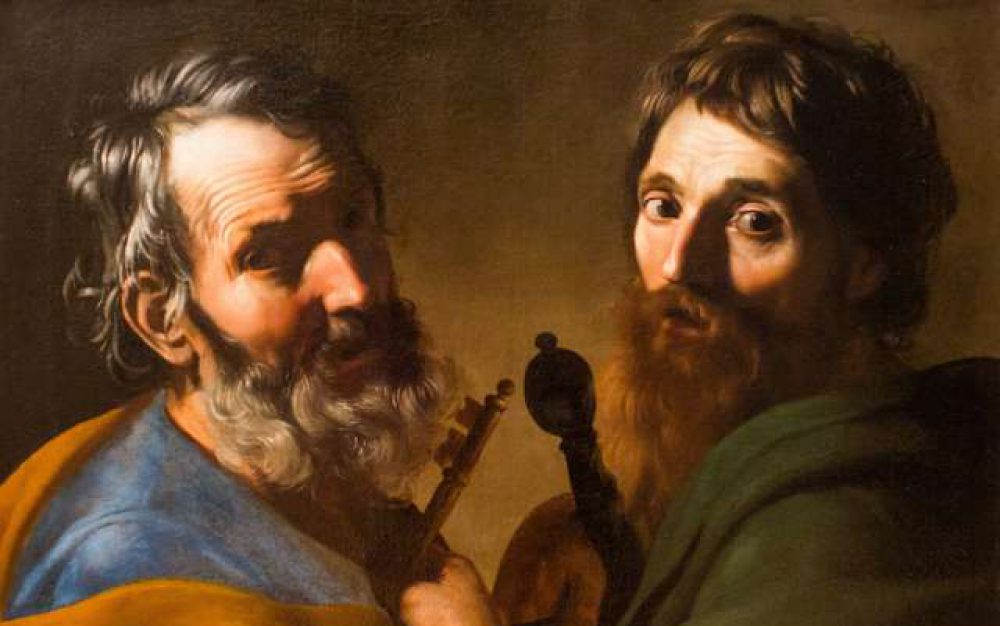
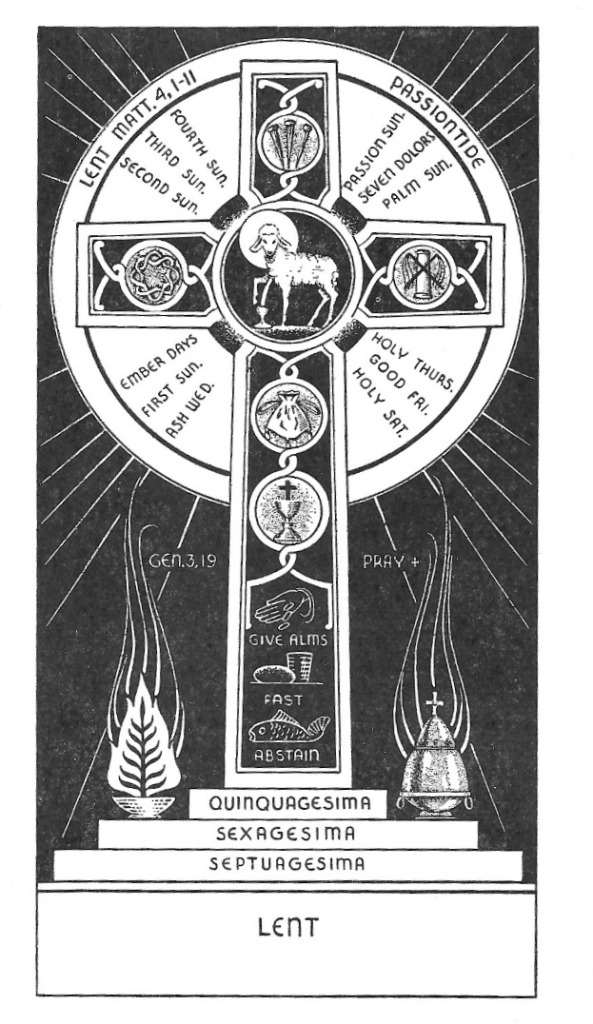




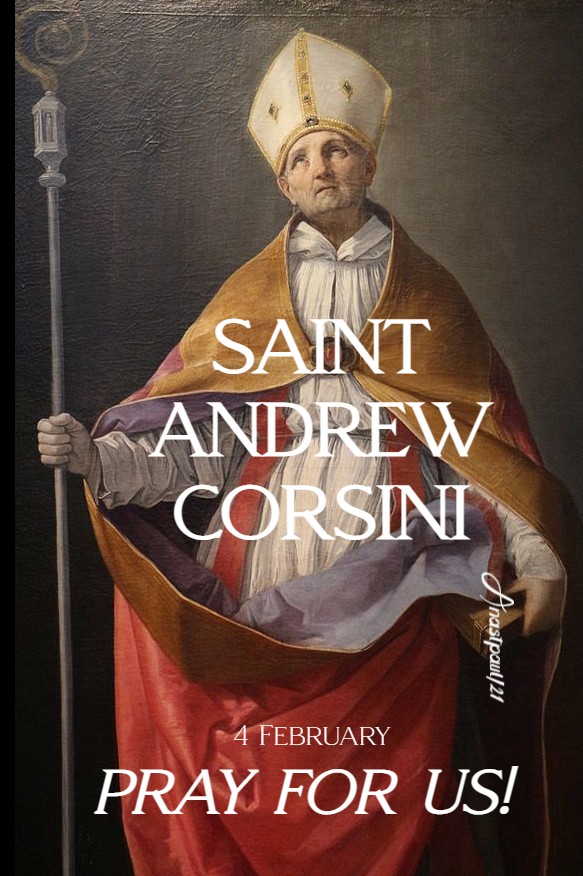
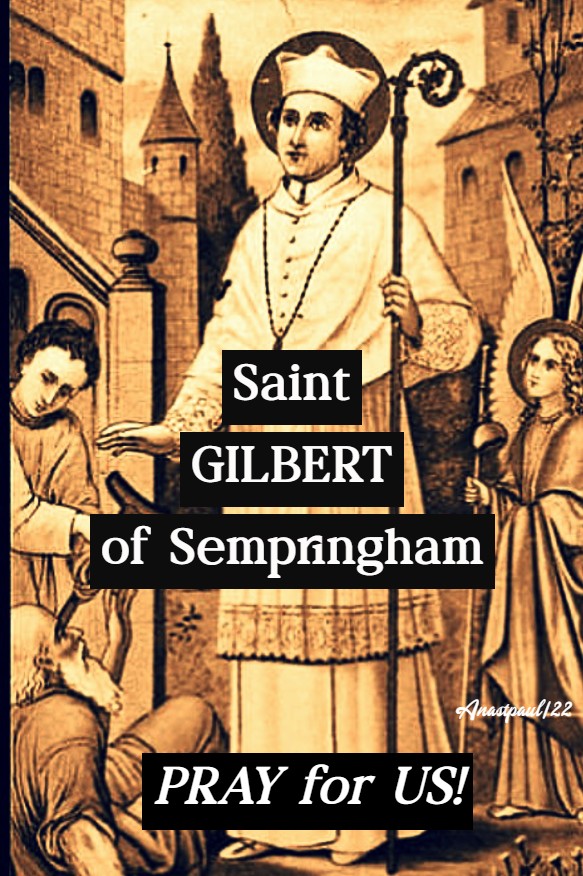

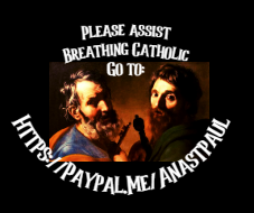

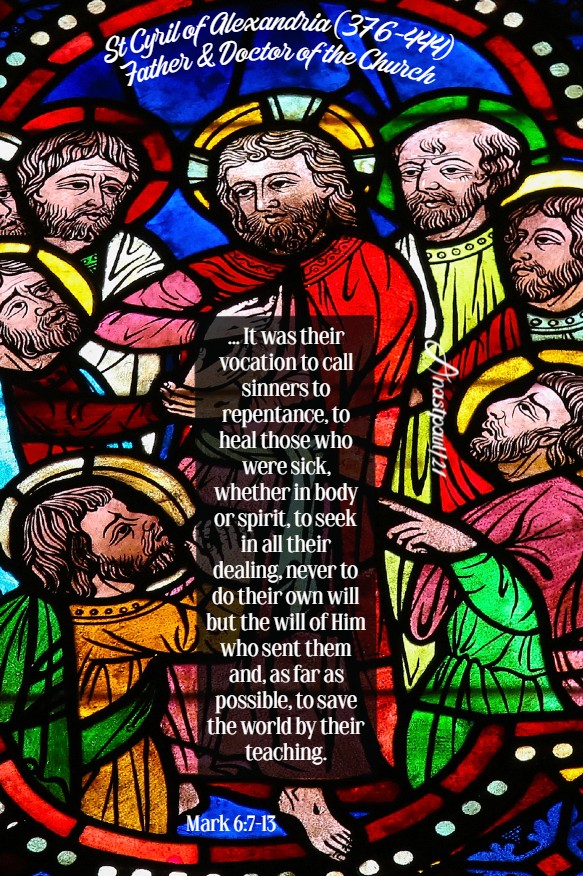

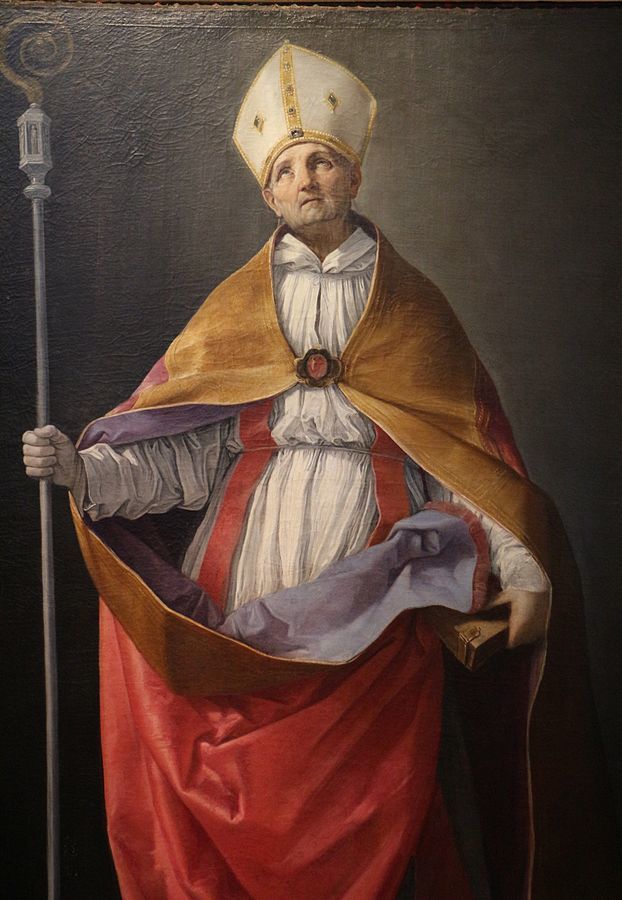

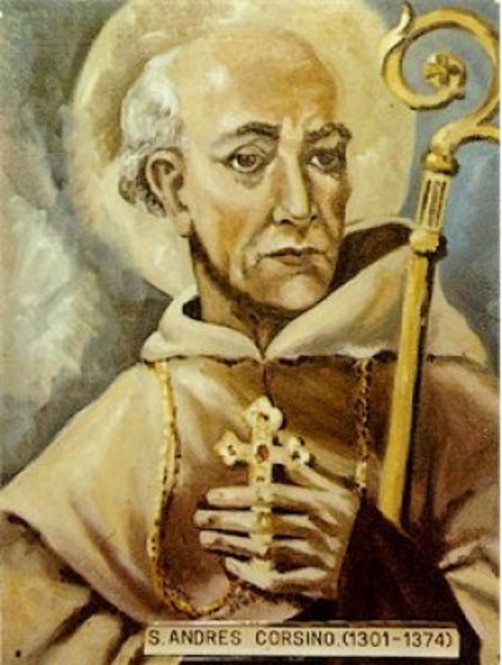
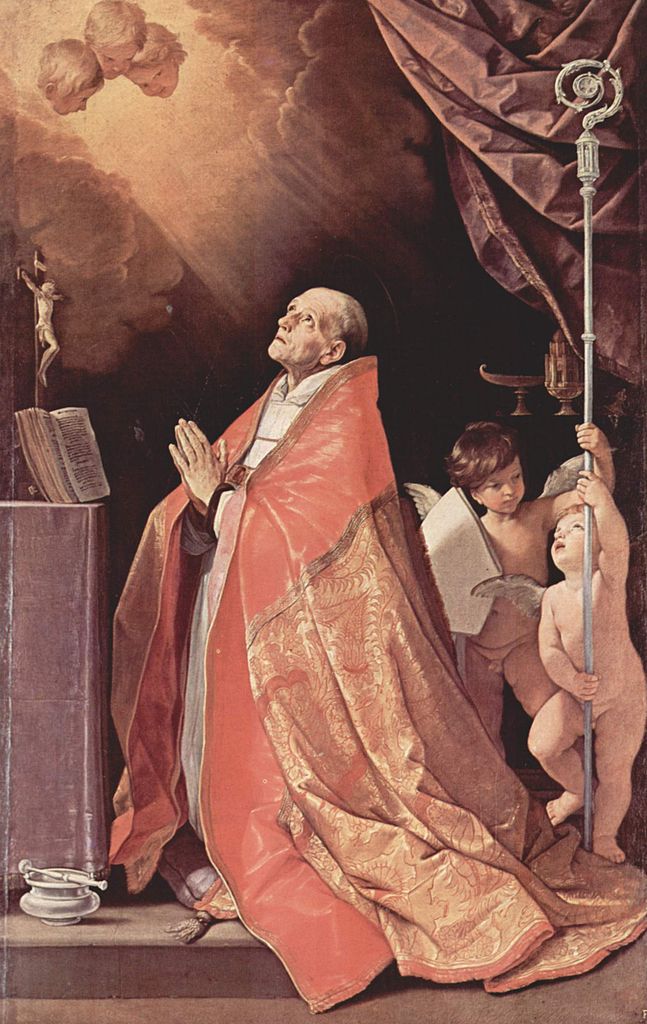

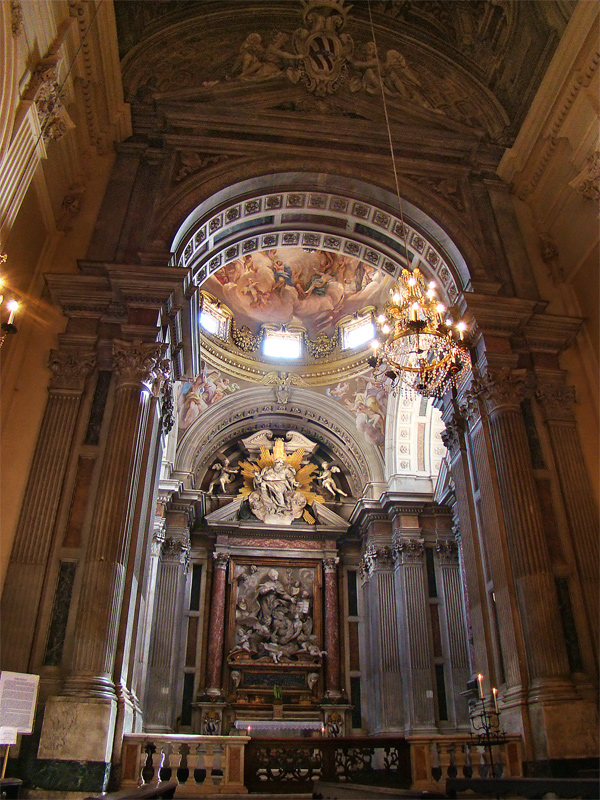
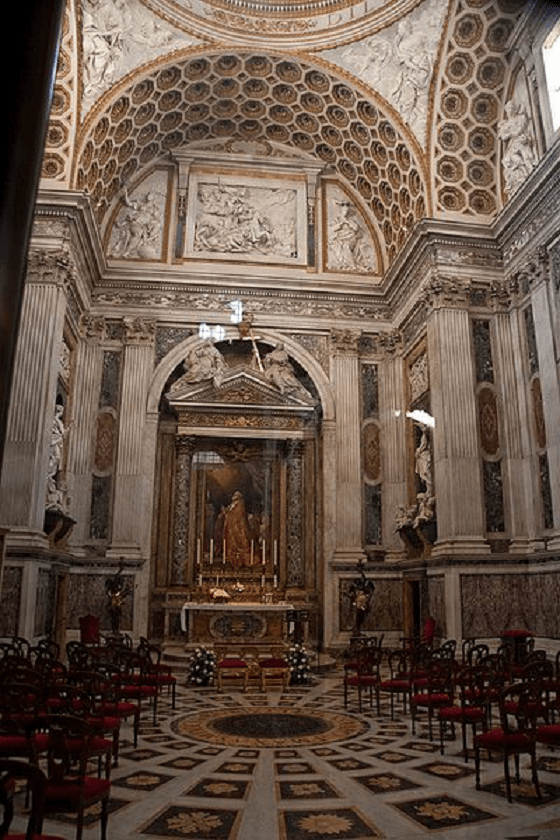


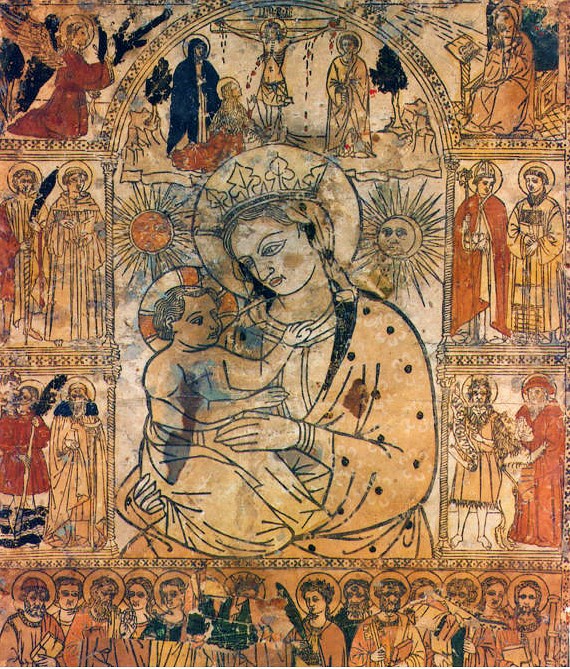
You must be logged in to post a comment.